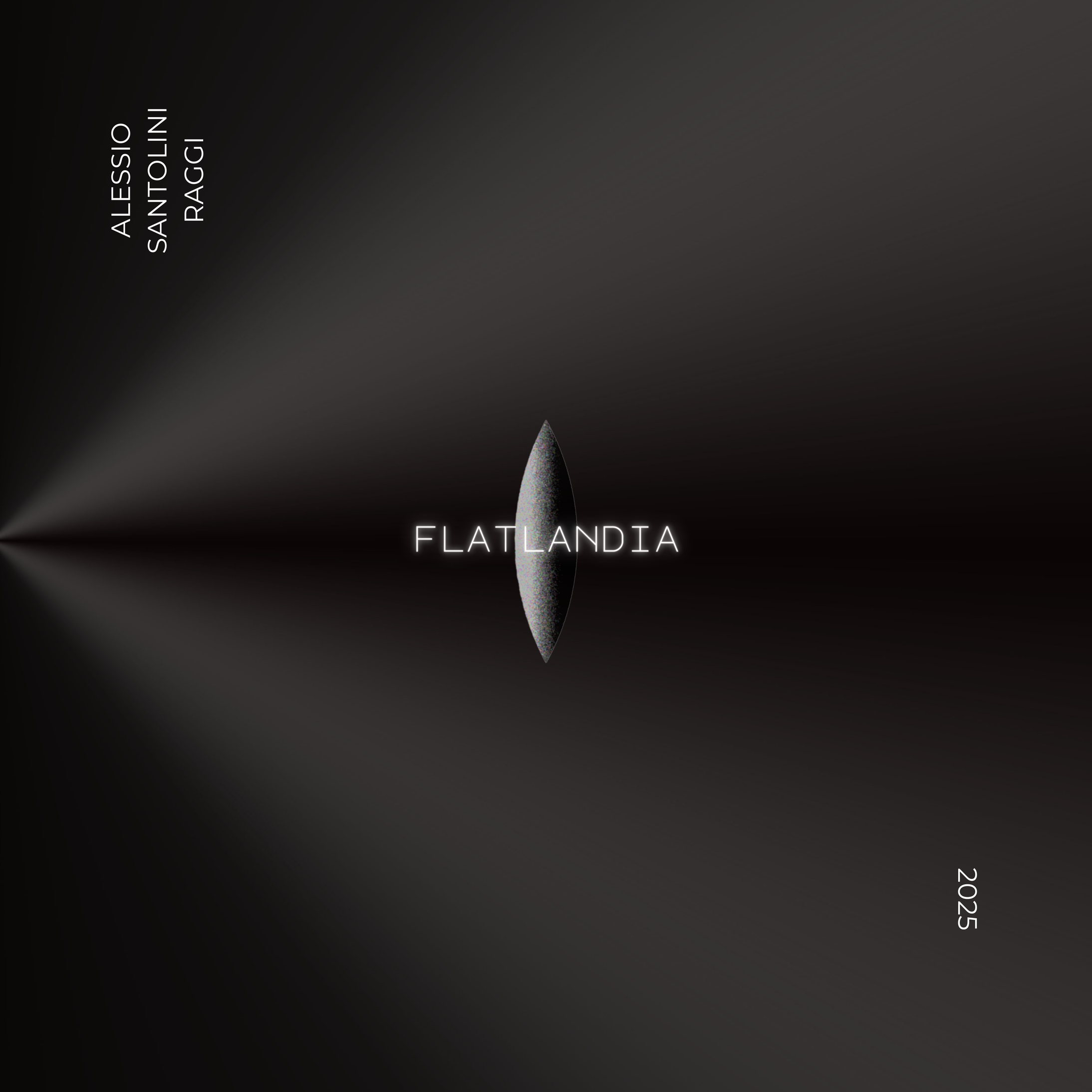In Flatland: A Romance of Many Dimensions by Edwin A. Abbott, the concept of dimensions is explored through the imaginary worlds of Pointland, Lineland, Flatland, and Spaceland. The points, the inhabitants of Pointland, live in a dimensionless world and cannot imagine lines. In Lineland, a one-dimensional world, lines cannot conceive of a circle. In Flatland, a two-dimensional world, circles fail to understand a sphere. Spaceland, on the other hand, is the three-dimensional world.
Humans live in a three-dimensional world and can recognize their own dimension as well as the ones below it. However, just as a one-dimensional world cannot conceive of a two-dimensional one, and a two-dimensional world cannot comprehend a three-dimensional one, the three-dimensional world cannot conceive of the fourth dimension. This suggests that there are not only three dimensions, but rather that we are unable to conceive of the ones beyond our own because we are limited by it, and that dimensions are, in fact, infinite.
Reading this novel inevitably led me to ask myself: what dimensions does music have? Thus, I interpreted Pointland, the dimensionless world, as silence; Lineland, the one-dimensional, linear world, as musical melody; Flatland, the two-dimensional world, defined by verticality and horizontality, as harmony; and Spaceland, with verticality, horizontality, and depth, as musical spatiality. However, I wanted the poetics of Flatlandia to reside in the fourth dimension—a dimension whose existence we acknowledge but which we do not know how to depict.
This search for the unknown yet existing dimension elicits emotions derived from what we cannot comprehend: what is unknown to us, on one hand, inspires hope because it allows us to find in it a consoling refuge; on the other, it embodies fear of what does not belong to us. The fourth dimension, for a three-dimensional world, thus becomes a concept similar to God for a monotheistic religion. In this way, Flatlandia transforms into a profoundly spiritual work—though not necessarily religious.
In Flatlandia, acoustic instruments and electronics are combined to recreate the metaphysical worlds of Abbott’s novel. On one hand, I used electronics to evoke the idea of the intangibility of the fourth dimension; on the other, I wanted acoustic instruments to represent the world known to us. The electronics are created using sampled acoustic instruments, making them sound almost acoustic; conversely, the acoustic instruments are electronically processed to the point of sounding almost electronic. This duality—electronics that sound almost acoustic and acoustics that sound almost electronic—gives life to a dialogue between two different worlds, each contaminated by the other in a desire to meet: the three-dimensional world we belong to and the four-dimensional world we aspire to. These two universes seem to brush against each other, separated only by an extremely thin line, appearing crossable but in reality never truly so.
In fact, after a Wanderer-like search to transcend that line, the album concludes with the failure of that attempt at contact: Zeitmasse. This final piece represents the epilogue where all previous tracks converge—a vortex of their thematic ideas, heavily processed electronically, aiming to simulate chaos. Thus, the electronics overflowing like a flooding river onto the acoustic realm become the fourth dimension inundating the three-dimensional world, the collapse of Nietzschean certainties, the overwhelming force of what one desires to possess, but also the overpowering of one’s own imagination, madness reigning over reason—until the final collapse into absolute silence, leaving behind the trace of a humanity yearning for transcendence yet trapped within its own limitations.
So I asked myself...
How does music sound in Tetraland?
